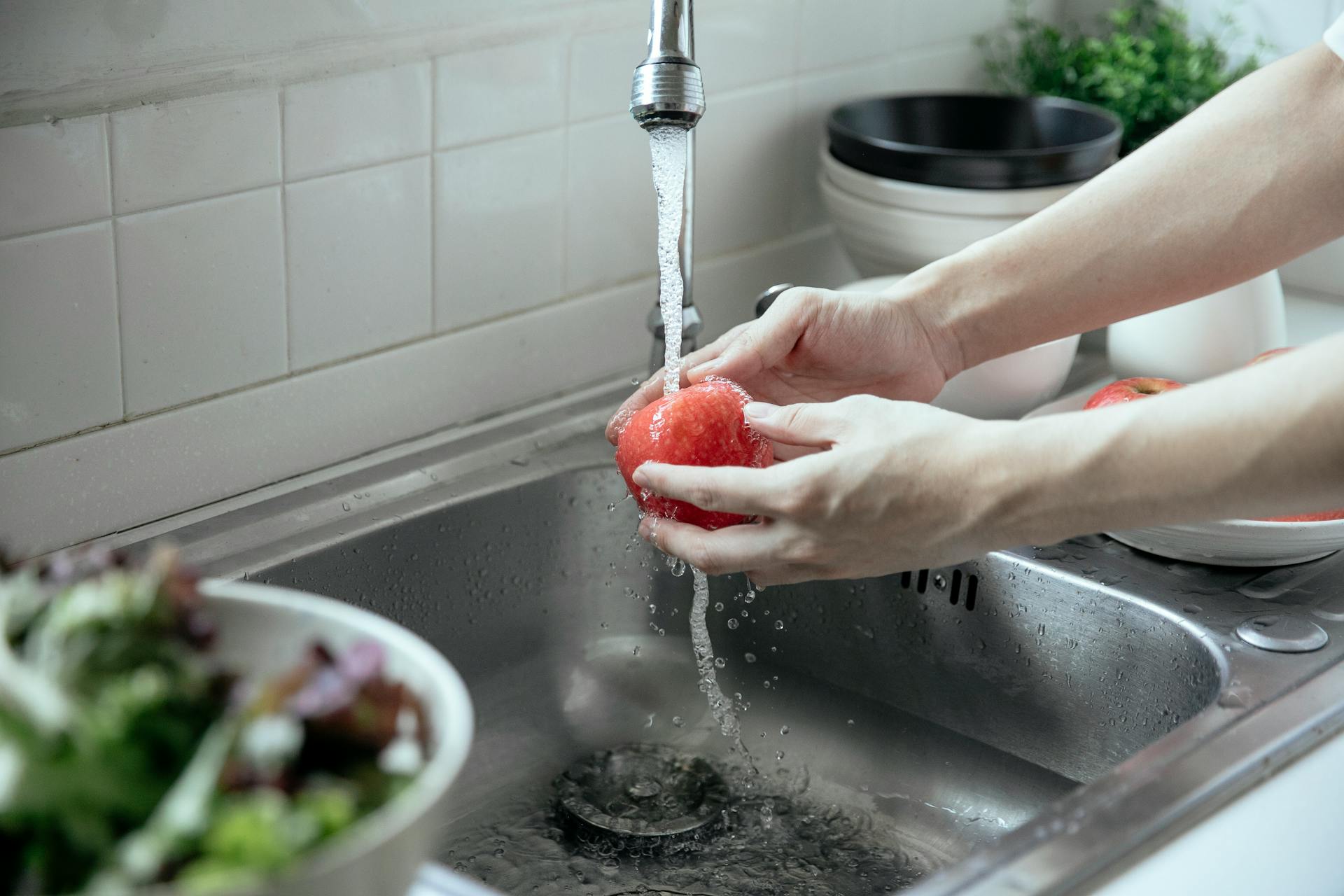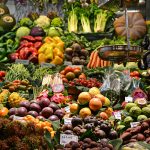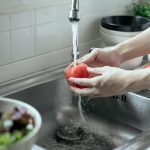Building a Kitchen Hydration Station for Effective Weight Loss: A Step-by-Step Guide
Why Hydration Matters in Weight Loss
When it comes to weight loss, many people focus on diet and exercise, but hydration is often overlooked despite its crucial role. Proper hydration can boost your metabolism, enhance workout performance, and support overall health. Here’s why a kitchen hydration station is a game-changer for your weight loss journey.
"Hydration is key to any fitness goal. When you're well-hydrated, you perform better, recover faster, and can even see improvements in your weight loss efforts," says Nicole Davis, a certified personal trainer.
Additional reading : Step-by-Step Guide to Designing a Kitchen Hydration Station for Effective Weight Loss
Setting Up Your Hydration Station
Creating a hydration station in your kitchen is easier than you think and can be tailored to your specific needs.
Choose the Right Location
Identify a convenient spot in your kitchen where you can easily access your hydration station. This could be a corner of your countertop, a section of your pantry, or even a dedicated shelf.
Also read : Step-by-Step Guide to Crafting a Stunning Visual Nutrition Display for Your Kitchen
Essential Components
Here are the key components you'll need to set up an effective hydration station:
- Water Filter or Purifier: Ensure your water is clean and free of contaminants. You can use a pitcher with a built-in filter or install a faucet-mounted purifier.
- Reusable Water Bottles: Invest in a few high-quality, BPA-free water bottles that you can refill throughout the day.
- Sports Drinks and Electrolyte Supplements: For intense workouts or long periods of physical activity, consider adding sports drinks or electrolyte supplements to your station. Products like Sports Research Electrolytes or Liquid I.V. Hydration Multiplier can be lifesavers.
- Infusion Pitcher: Add some flavor to your water with an infusion pitcher. You can add fruits, herbs, or even cucumber slices to make drinking water more enjoyable.
- Hydration Tracking Tools: Use a hydration app or a physical log to track your daily water intake.
Selecting the Right Hydration Products
Not all hydration products are created equal. Here’s what to look for when selecting the best options for your needs.
Electrolyte Content
When choosing a sports drink or electrolyte supplement, make sure it contains essential electrolytes like sodium, potassium, magnesium, and calcium. Here’s a comparison of some popular options:
| Product | Calories per Serving | Carbs per Serving | Electrolyte Mix | Price per Serving |
|---|---|---|---|---|
| Sports Research Electrolytes | 5 | 1 | 400 mg sodium, 337 mg chloride, 200 mg potassium, 40 mg magnesium, 40 mg calcium | $1.43 |
| Liquid I.V. Hydration Multiplier | – | – | Precise ratio of sodium, potassium, and glucose | – |
| Fuel | 110-120 | 28 g | 300 mg sodium, 100 mg magnesium, 150 mg potassium | $2.33 |
Calorie Count
If you're on a weight loss journey, you'll want to be mindful of the calorie count in your hydration products. Opt for low-calorie or calorie-free options when possible.
Practical Tips for Staying Hydrated
Here are some practical tips to ensure you stay hydrated throughout the day:
- Drink Water Regularly: Make it a habit to drink water at specific times of the day, such as when you wake up, before meals, and before workouts.
- Use Reminders: Set reminders on your phone or place sticky notes in strategic locations to remind you to drink water.
- Eat Hydrating Foods: Include foods with high water content in your diet, such as watermelon, cucumbers, and celery.
- Monitor Your Urine: If your urine is pale yellow or clear, you're likely well-hydrated. Dark yellow urine can indicate dehydration.
Integrating Hydration with Your Diet and Workout Routine
Hydration is not just about drinking water; it's also about how it fits into your overall health and fitness plan.
Diet and Hydration
Your diet plays a significant role in your hydration needs. Here are some tips to make sure your food and drink choices support your hydration goals:
- Fresh Homemade Foods: Opt for fresh, homemade foods like pasta made from semolina flour, which can help you stay hydrated and satisfied. For example, making fresh pasta sheets or lasagna noodles can be a fun and healthy way to incorporate more water-rich foods into your diet.
- Avoid Processed Foods: Processed foods often contain high amounts of salt and sugar, which can dehydrate you. Instead, focus on whole foods like fruits, vegetables, and lean proteins.
Workout Hydration
If you're into intense workouts, your hydration needs will be different. Here’s how to ensure you’re properly hydrated before, during, and after your workouts:
- Pre-Workout Hydration: Drink water or a sports drink about 30 minutes before your workout to ensure you're well-hydrated.
- During Workouts: Use a sports drink or electrolyte supplement if you're engaging in high-intensity or long-duration activities.
- Post-Workout Hydration: Rehydrate with water or a sports drink within 30 minutes after your workout to help your body recover.
Making It Fun and Engaging
Hydration doesn't have to be boring. Here are some ways to make it more enjoyable:
- Infused Water: Try different infusion combinations like lemon and mint, or cucumber and lime.
- Homemade Sports Drinks: You can make your own sports drinks using natural ingredients like coconut water, fruit juice, and sea salt.
- Hydration Challenges: Set up hydration challenges with friends or family to make staying hydrated a fun and competitive activity.
Building a kitchen hydration station is a simple yet effective way to support your weight loss goals. By choosing the right products, integrating hydration into your diet and workout routine, and making it fun, you can ensure you stay hydrated and on track.
"Remember, hydration is a journey, not a destination. Make it a part of your daily routine, and you'll see the benefits in your overall health and weight loss efforts," advises Nicole Davis.
Additional Resources
For those looking to delve deeper into nutrition and hydration, here are some additional resources:
- Center for Science in the Public Interest (CSPI): Offers comprehensive guides on nutrition, food safety, and healthy eating.
- Hydration Apps: Apps like Waterlogged or Hydro Coach can help you track your daily water intake and set reminders.
- Healthy Recipes: Websites like The Healthy Cook’s Kitchen provide recipes and tips for healthy, hydrating meals.
By following these steps and tips, you can create a kitchen hydration station that not only supports your weight loss goals but also enhances your overall health and well-being.






